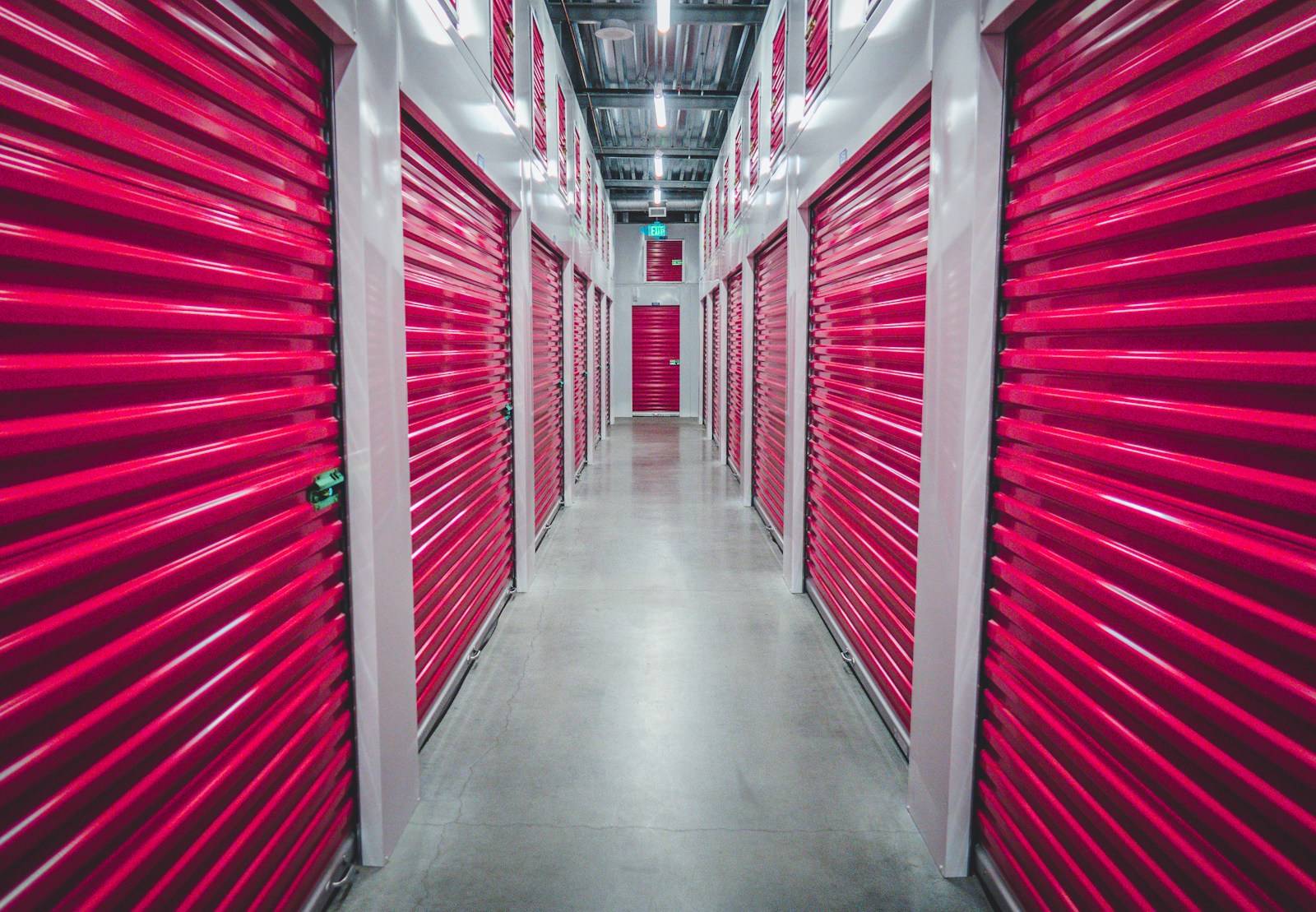Reducing energy costs is a priority for cold storage warehousing facilities seeking to improve operational efficiency, minimize environmental impact, and enhance profitability. With refrigeration systems being one of the largest consumers of energy in cold storage operations, implementing energy-saving measures can lead to significant cost savings while maintaining optimal temperature control for stored products. This article explores effective strategies for reducing energy costs in cold storage warehousing.
1.. Optimize Refrigeration Systems
1.1 Regular Maintenance
- Scheduled Inspections: Conduct routine inspections and maintenance of refrigeration equipment to ensure optimal performance and efficiency.
- Cleaning and Lubrication: Clean condenser coils, evaporator coils, and fans regularly to remove dust and debris that can impede airflow and reduce efficiency. Lubricate moving parts to minimize friction and improve energy efficiency.
1.2 Upgrade to Energy-Efficient Equipment
- Energy Star Certification: Invest in Energy Star certified refrigeration units that meet high-efficiency standards and consume less energy while providing the same level of cooling capacity.
- Variable Speed Drives: Install variable speed drives (VSDs) on compressors and fans to modulate their speed based on demand, reducing energy consumption during periods of low load.
- Improve Insulation and Air Sealing
2.1 Insulation Upgrades
- Enhanced Insulation Materials: Upgrade insulation materials to those with higher R-values to minimize heat transfer through walls, ceilings, and doors.
- Seal Air Leaks: Seal gaps, cracks, and openings in the building envelope with weather stripping, caulking, or foam insulation to prevent air infiltration and maintain temperature stability.
2.2 Thermal Curtains and Doors
- Strip Curtains: Install strip curtains at doorways to minimize heat exchange when doors are opened and closed, reducing energy loss.
- High-Performance Doors: Replace outdated doors with high-performance insulated doors that provide better sealing and thermal protection, minimizing air leakage.
- Implement Energy Management Systems
3.1 Smart Controls
- Temperature Setbacks: Implement temperature setback strategies during off-peak hours or periods of low demand to reduce refrigeration load and energy consumption.
- Optimized Scheduling: Use programmable thermostats and scheduling controls to align refrigeration operation with peak demand hours and occupancy patterns, maximizing energy efficiency.
3.2 Remote Monitoring
- IoT Sensors: Deploy Internet of Things (IoT) sensors for real-time monitoring of temperature, humidity, and energy consumption in refrigerated storage areas.
- Remote Control: Utilize remote control systems to adjust refrigeration settings and respond to alerts promptly, optimizing energy usage and minimizing waste.
- Maximize Operational Efficiency
4.1 Load Optimization
- Optimized Storage: Maximize storage density and airflow within refrigerated storage areas to minimize empty spaces and reduce the workload on refrigeration systems.
- Regular Inventory Rotation: Implement FIFO (First In, First Out) inventory management practices to ensure efficient product rotation and minimize energy consumption associated with prolonged storage.
4.2 Employee Training
- Energy Awareness: Train warehouse staff on energy-saving practices, such as proper door handling, avoiding unnecessary door openings, and reporting any equipment malfunctions or abnormalities promptly.
- Efficient Workflows: Streamline operational workflows to minimize unnecessary movement and handling of products, optimizing labor efficiency and reducing energy usage.
- Invest in Renewable Energy Sources
5.1 Solar Power
- Solar Panels: Install solar panels on the roof or exterior of the cold storage facility to generate renewable energy and offset electricity consumption from the grid.
- Net Metering: Take advantage of net metering programs to sell excess solar energy back to the grid and offset energy costs further.
5.2 Energy Storage Solutions
- Battery Storage: Invest in battery storage systems to store excess energy generated by renewable sources and use it during peak demand periods or when solar generation is low.
- Demand Response Programs: Participate in demand response programs that incentivize energy conservation during times of grid stress, providing additional cost savings opportunities.
Reducing energy costs in cold storage warehousing requires a multifaceted approach that addresses refrigeration systems, insulation, air sealing, energy management systems, operational efficiency, and renewable energy sources. By optimizing refrigeration equipment, improving insulation and air sealing, implementing energy management systems, maximizing operational efficiency, and investing in renewable energy sources, cold storage facilities can achieve significant cost savings while maintaining product integrity and temperature control. As energy costs continue to rise and environmental concerns grow, adopting energy-saving measures becomes increasingly essential for the long-term sustainability and competitiveness of cold storage operations.


 Dave McGowan has been a member of the WEL Family since May 1989. He is a husband and father of two children. Dave is also a U.S. Army veteran and served in Vietnam in 1971-1972, and he attended driving school soon after he was released from the military in 1974.
Dave McGowan has been a member of the WEL Family since May 1989. He is a husband and father of two children. Dave is also a U.S. Army veteran and served in Vietnam in 1971-1972, and he attended driving school soon after he was released from the military in 1974. During his career with WEL, Phil has worked as a driver, dispatcher, terminal manager and customer service manager. He says he always was a driver first, though non-driving jobs taught him financial management that helps him as an owner-operator.
During his career with WEL, Phil has worked as a driver, dispatcher, terminal manager and customer service manager. He says he always was a driver first, though non-driving jobs taught him financial management that helps him as an owner-operator.